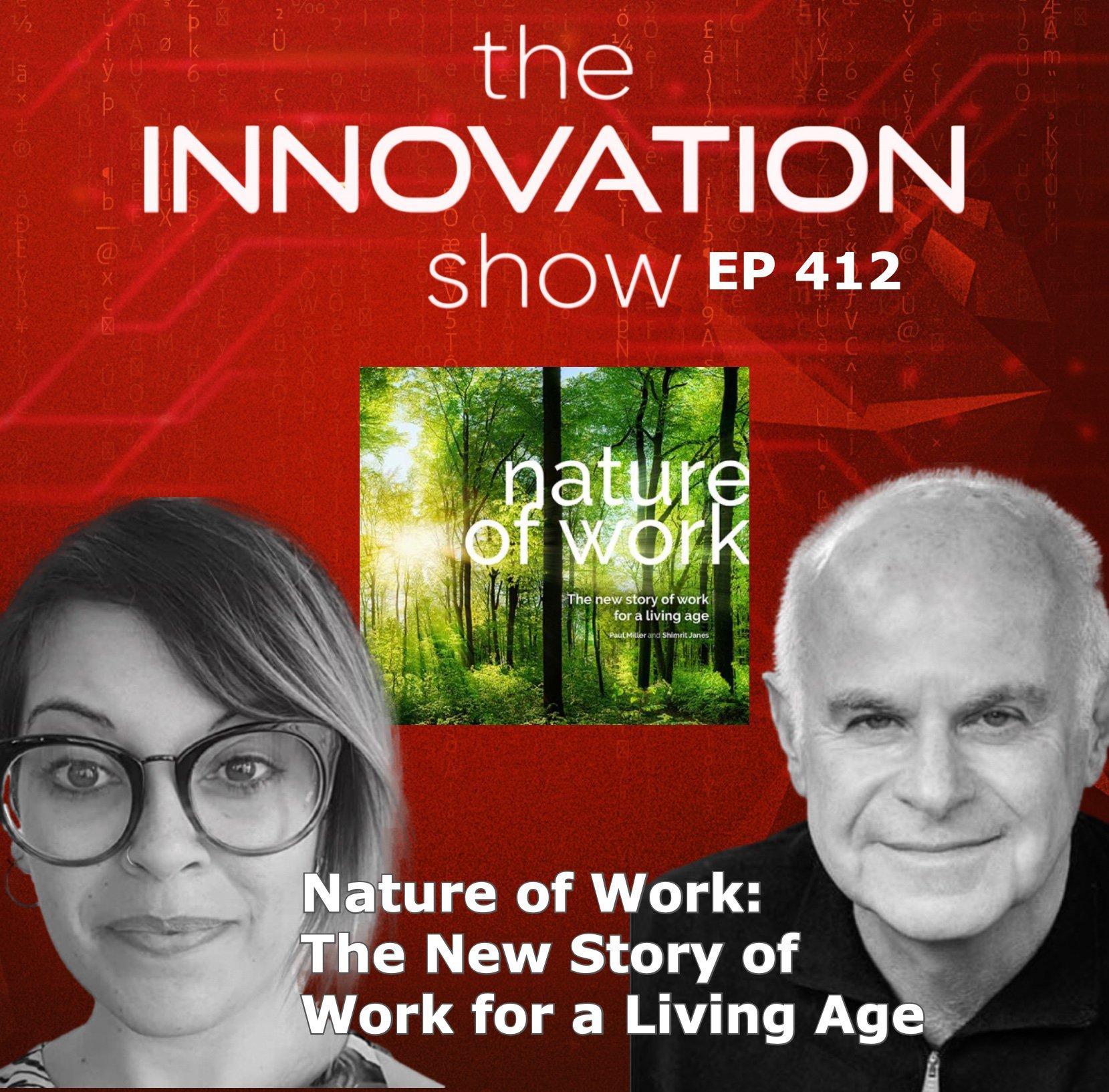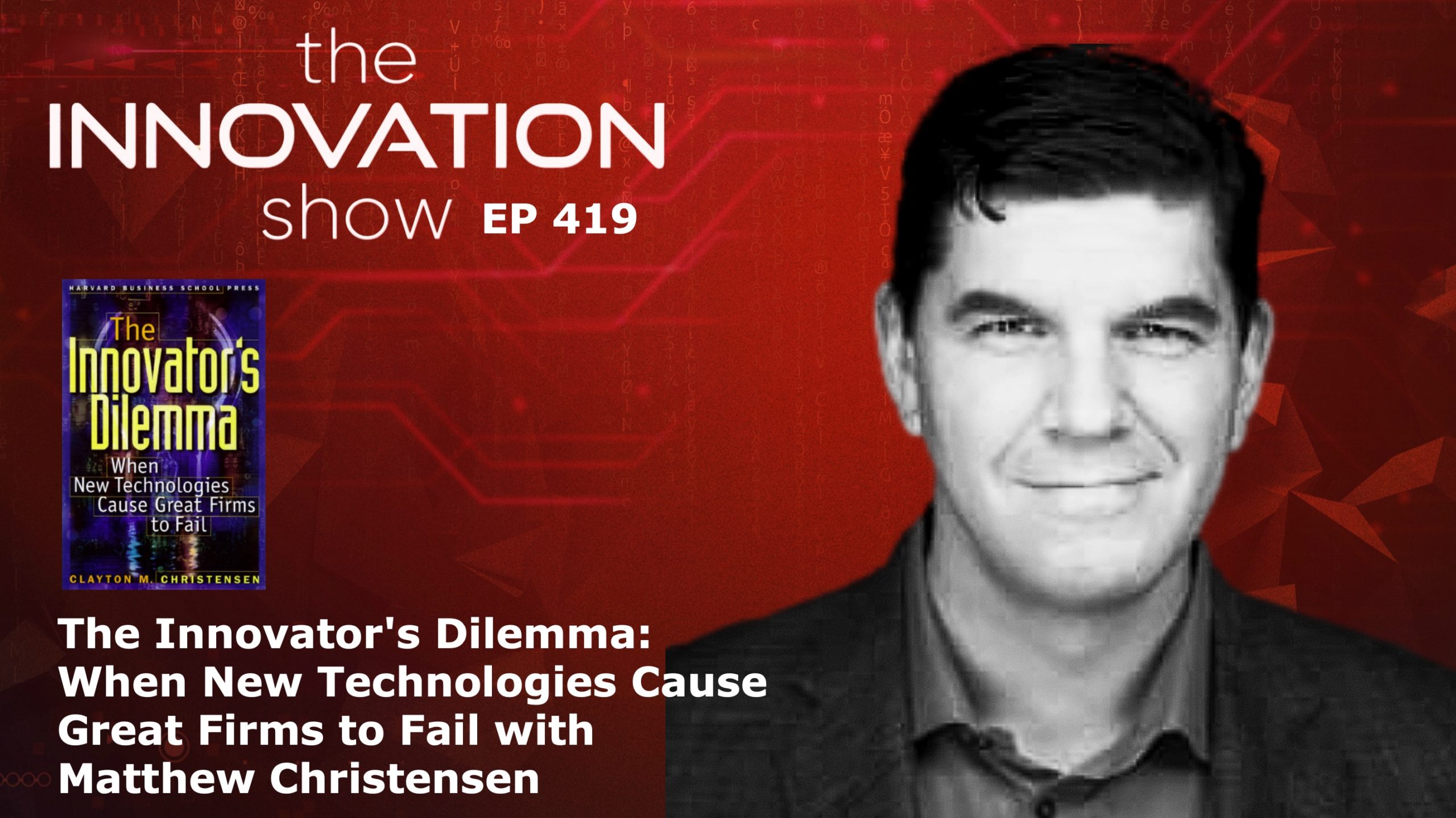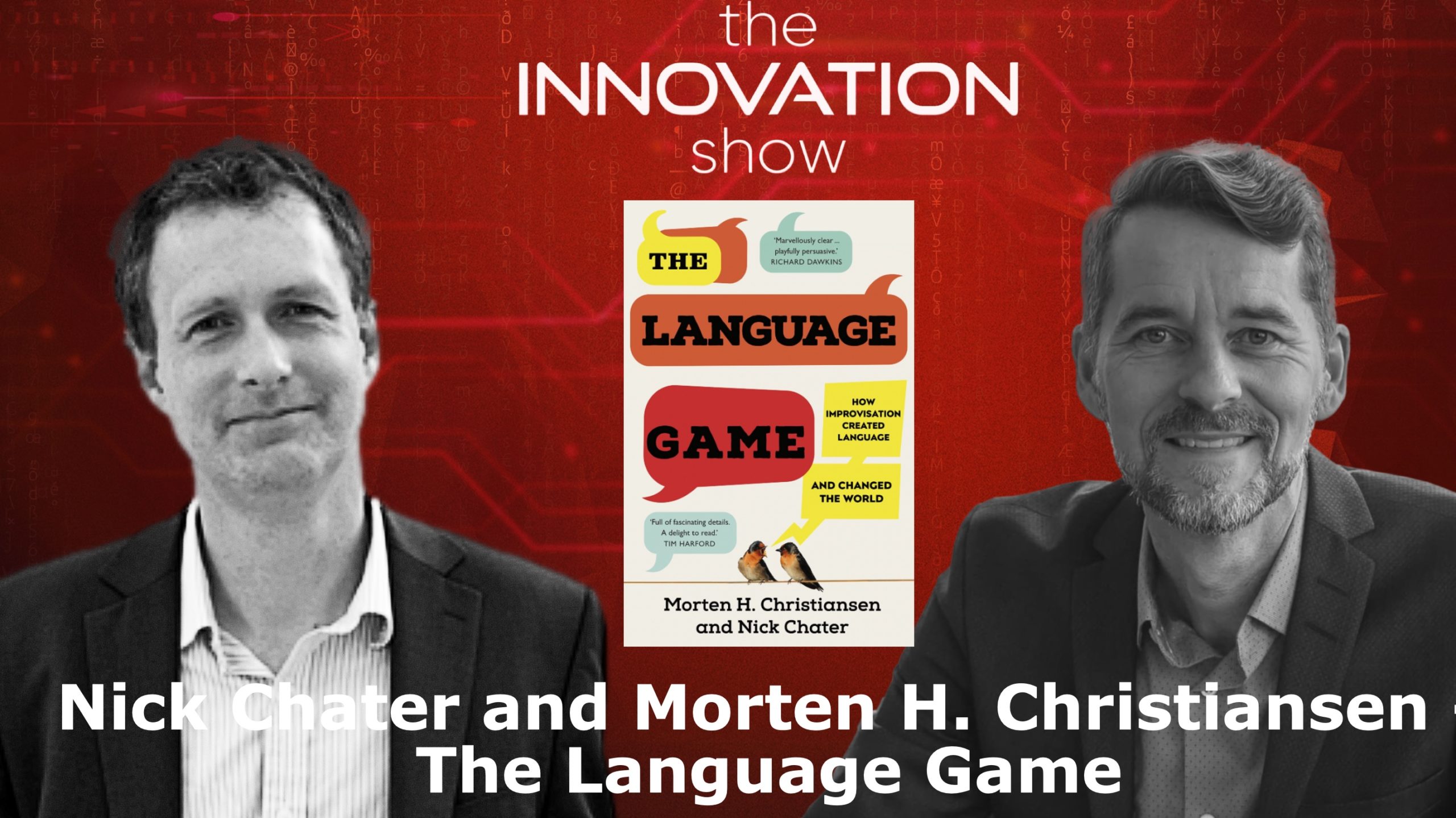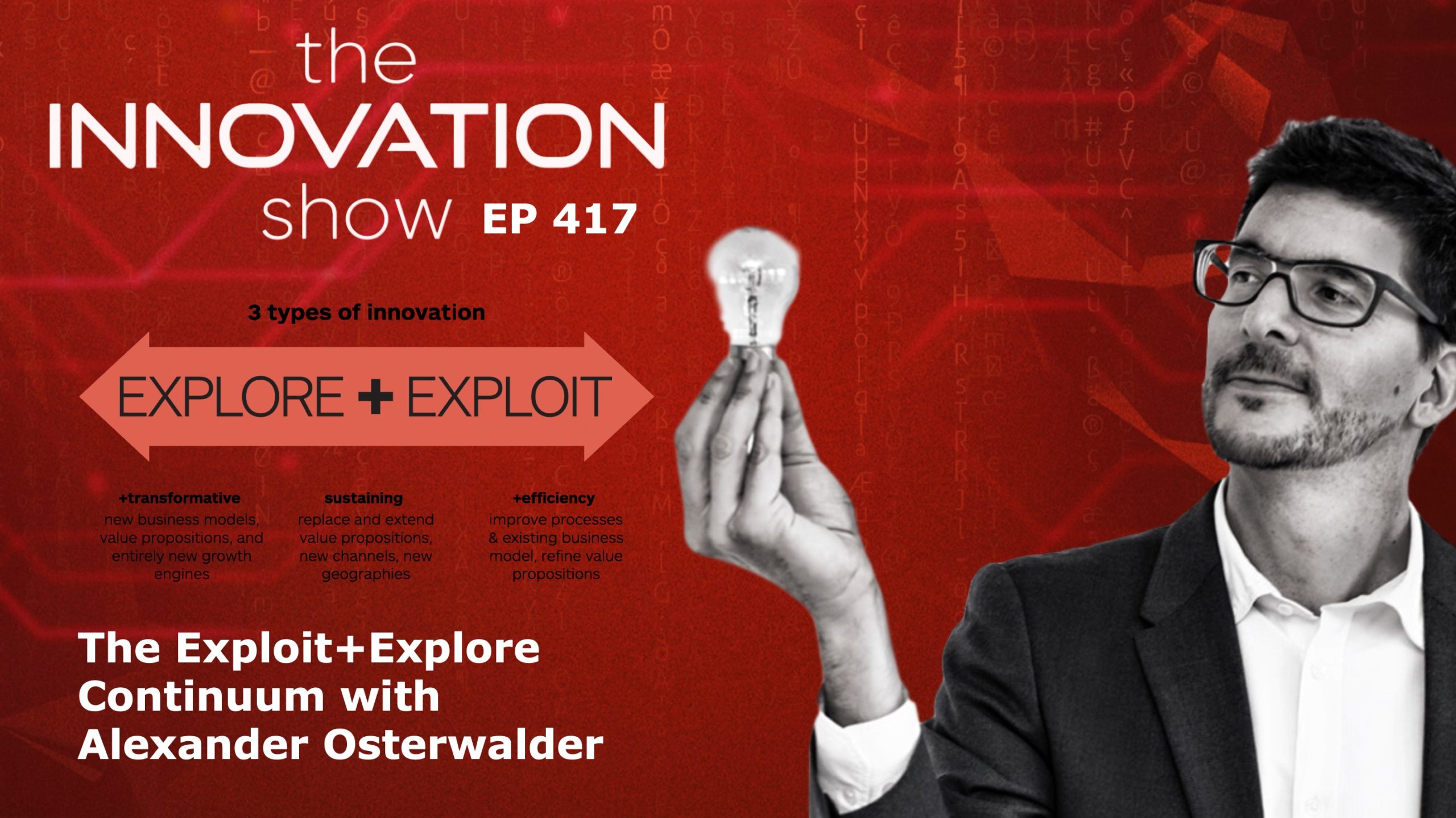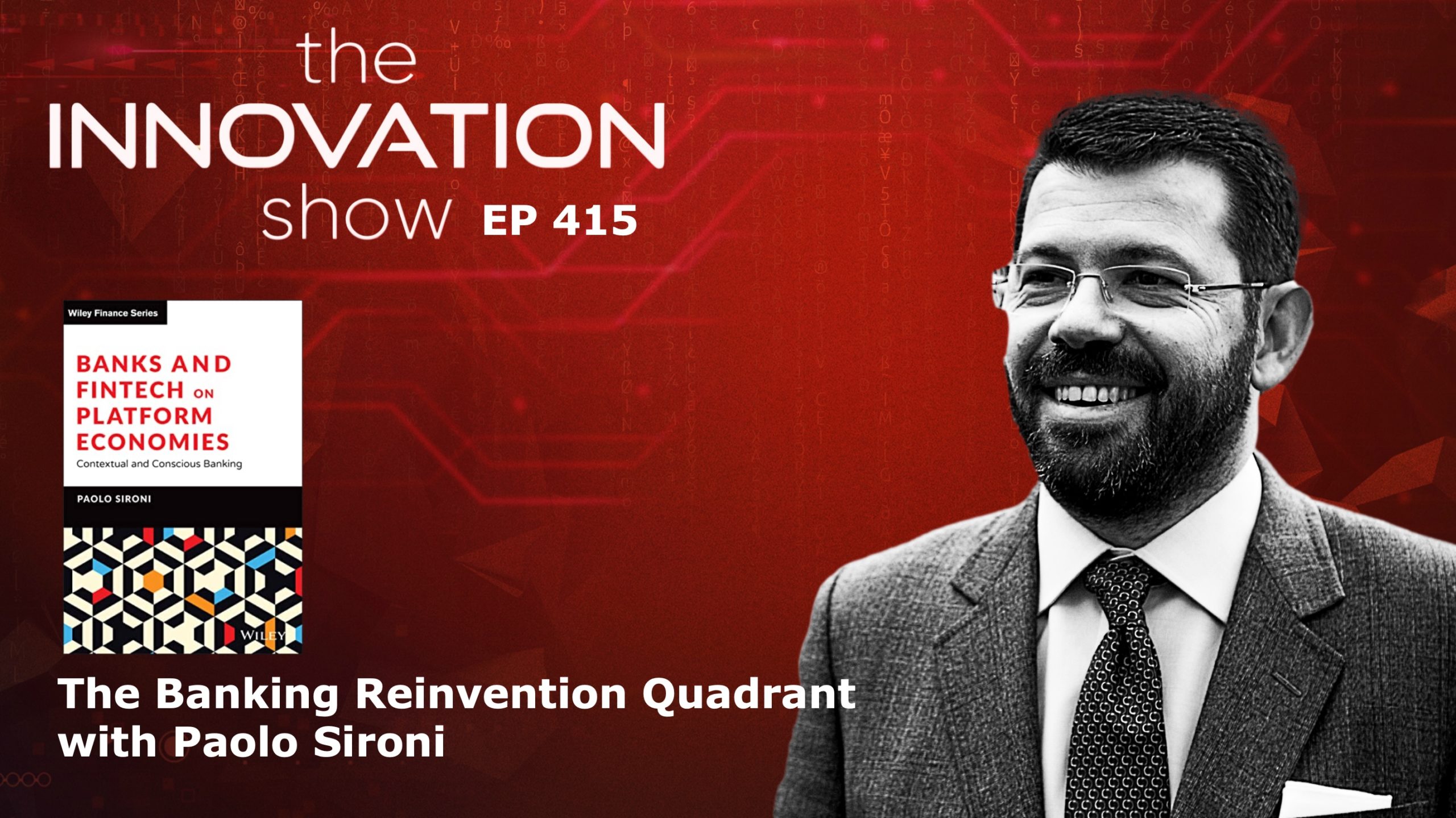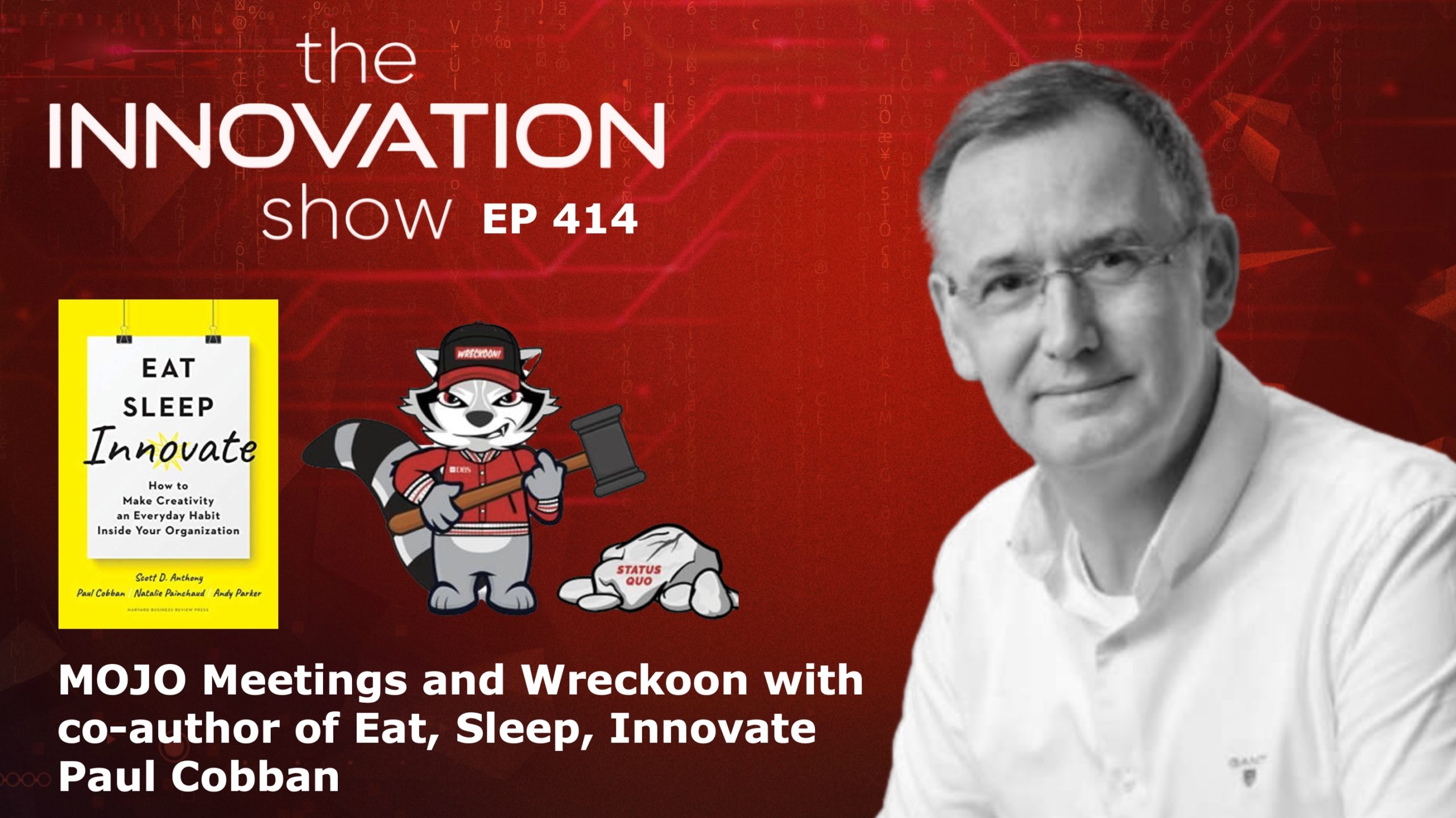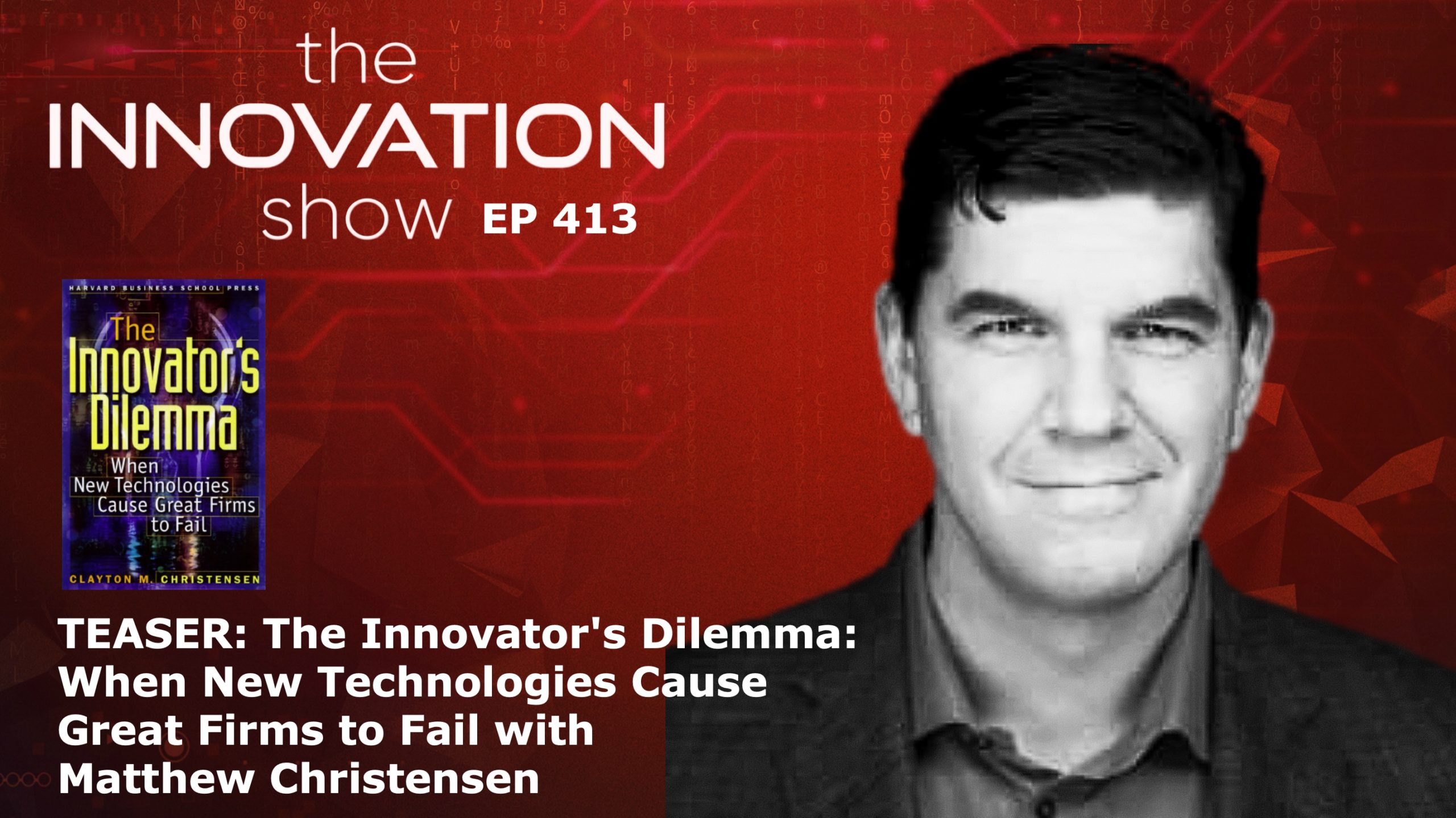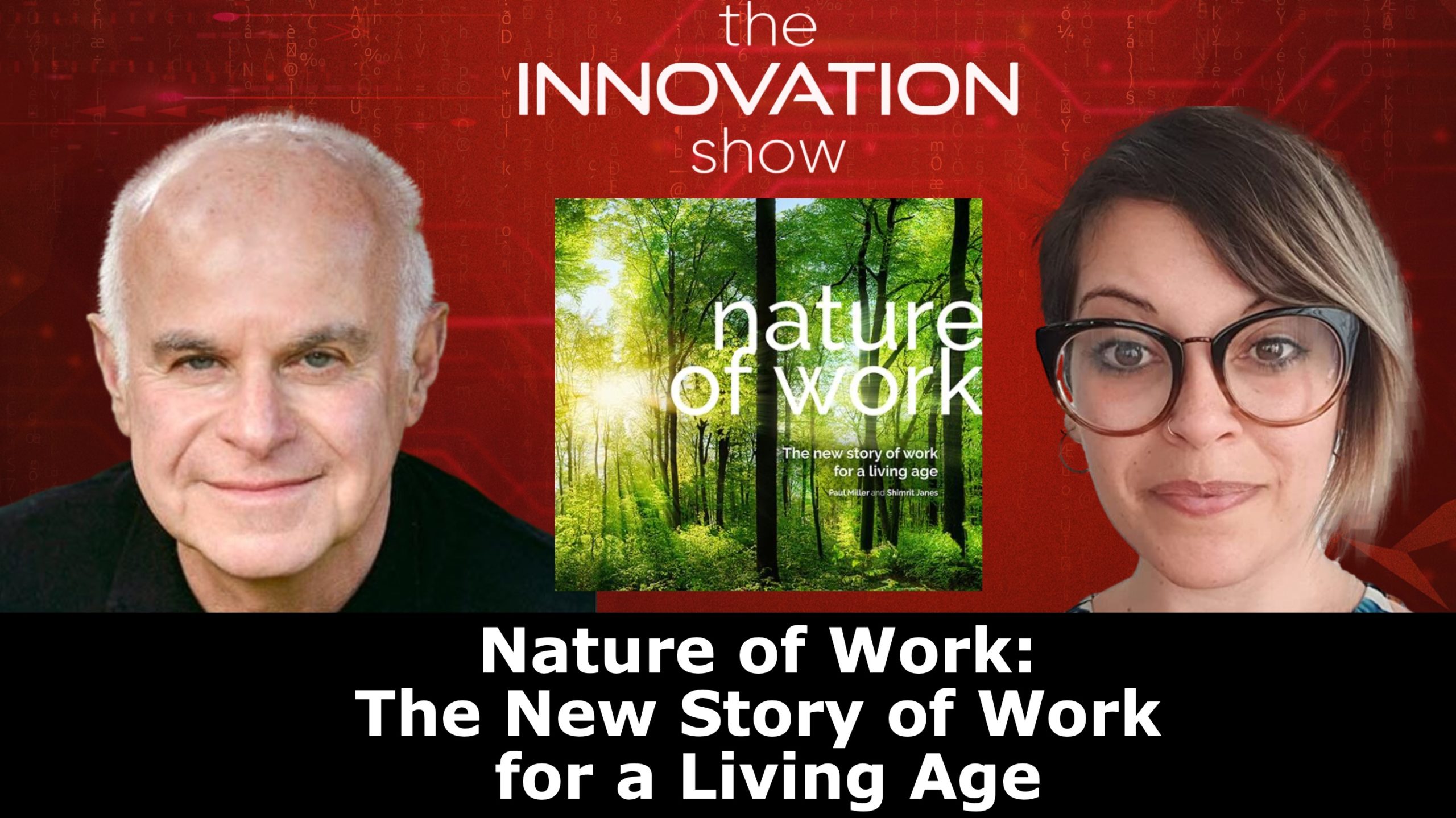The logical, competent decisions of management that are critical to the success of their companies are also the reasons why they lose their positions of leadership.” How can executives simultaneously do what is right for the near-term health of their established businesses while focusing adequate resources on the disruptive technologies that ultimately could lead to their downfall? The Innovator’s Dilemma!!!
Clayton Christensen fathered the “theory of disruptive innovation”, but he also fathered wonderful people who have built on his pioneering work. We are honoured to be joined by one such pioneer. The apple does not fall far from the tree; he is offspring in mind and body and spirit we welcome Co-Founder, CEO, and Managing Partner of Rose Park Advisors, Matt Christensen, welcome to the show.
